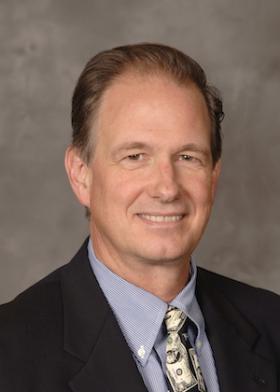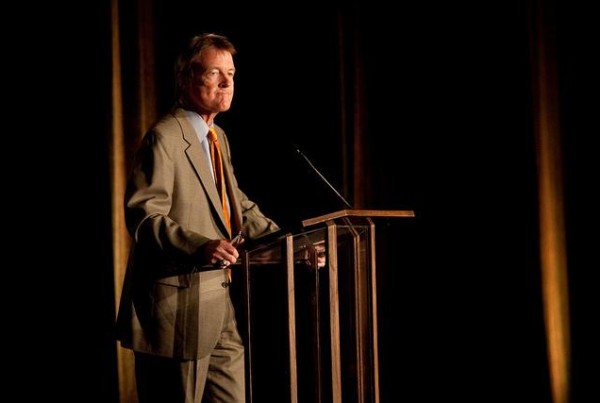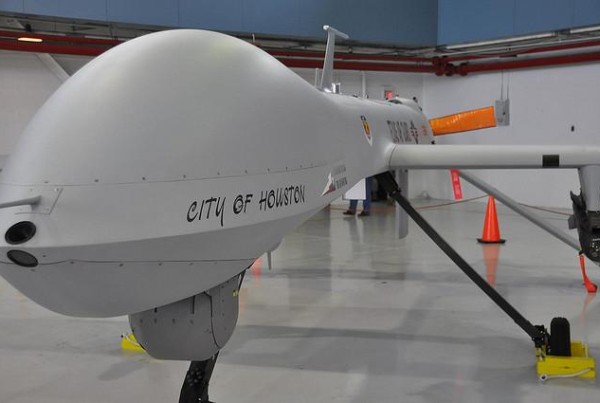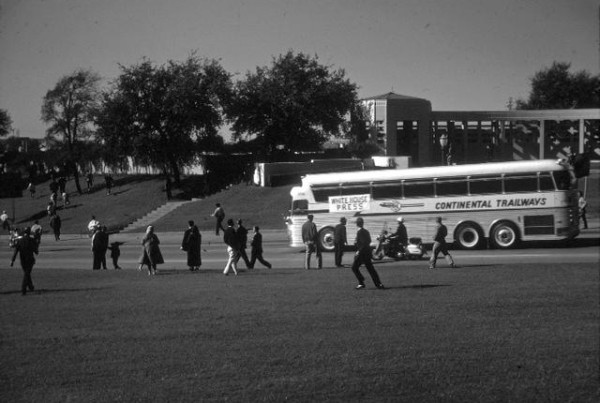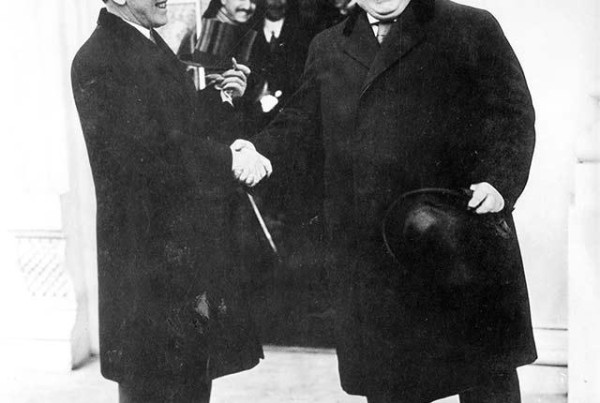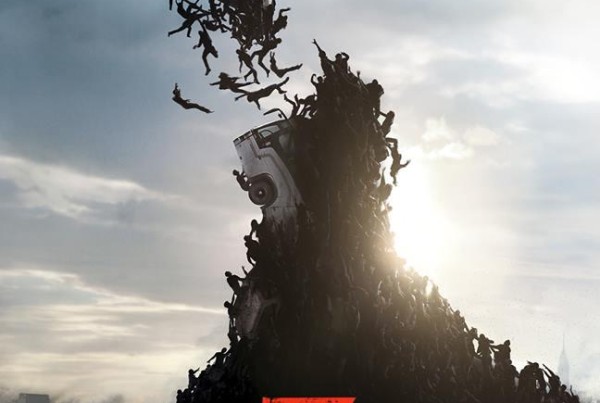There are few venues in public life where money, sports, politics and policy combine with as much volatility as at a major public university. Given the sheer size of The University of Texas at Austin, President William Powers finds himself constantly in the news.
Powers sat down with KUT”s David Brown to talk about the future of the most lucrative collegiate athletic program in the country, the school’s “thin” budget and potential job cuts that could reduce UT’s workforce by 20 percent.
Just this week, news broke of an announcement he’s assembling a team to find a new athletic director to replace DeLoss Dodds, who announced his retirement earlier this month.
“Any time you bring in a new person, whether it’s a dean, vice president or athletic director, there’s going to be some change,” Powers said. “People bring in fresh ideas. I think DeLoss certainly built a tremendous edifice. I’m sure there will be a change here and there but this is not a rebuilding kind of situation.”
While Powers added that he doesn’t have any “preconditions” on where the candidate should come from, there were some criteria he’d want to focus on.
“We run a program with integrity. Certainly an understanding of the student athlete, an understanding of college athletics and the business of college athletics is important.”
Other recent news surrounding UT had to do with the press release from the Texas State Employees Union, which stated UT plans to eliminate 500 jobs, or about 20 percent of the university’s workforce. Powers explained that the “Smarter Systems for a Greater UT” project isn’t about privatizing, but sharing resources.
Due to a “thin budget” that’s diminished over the past few years, Powers said the university has lost full-time equivalents (FTEs), mostly through attrition.
“It’s the budget that’s driving this. When budgets go, the only way we can react to budgets is in full-time equivalents. About 80 percent of our budget is payroll.”
“The current work is on shared services. As an example, if we have 100 people across campus in individual units doing HR and we can do it with 70 people in a centralized unit, that’s a way we can meet what are externally shortfalls in our budget. This project is not designed to export those functions to private companies.”
The resulting savings will take some time to take effect. Due to aging IT systems that will need upgrades, Powers says, the university will put in an initial investment that when paid back, is expected to result in savings of $30 million-$40 million.
“We’ll put that money back into faculty, lecturers and the academic enterprise,” he said.




